What Great Change Communications Look Like
Great change communications are the cornerstone of a strong and successful change implementation. But we’re usually confronted with someone who has the idea to “put a few posters up” and call it a day. We know this won’t be a successful, so let’s start getting into why.
Change communication needs to focus on purpose first, and modality second. So first of all, you need to know why you’re communicating and secondly what, before we even get into how. Change implementation is long, and we have so many points along the way. It can get confusing and overwhelming especially when we have sponsors and others involved.
To help clarify this, I like to think of communications in two main categories:
Advertising, and
Tactics
Advertising communications happen throughout the change, but the content of the communication changes depending on where you are in the change journey. Tactical communications escalate before, during and after implementation and tend to have a shorter, but purpose-driven run in your change strategy.
The purpose of Advertising communications include:
Get your stakeholders to understand that change is happening and understand what the change is. For example, that the Finance information system is changing on May 1st and that the technology is changing.
The benefits of change for individuals or broader groups of people. For example, the Finance information system is changing because we need better data, and a central infrastructure. The benefits are that expense reports will be easier to create and submit, and department and division finance will have access to analytics for budget and spending anytime, not just quarterly. We won’t need to use extra excel spreadsheets to manage process outside of the system, a process that people find cumbersome, and is error prone.
The importance of the change. Signal this with having powerful people talk about the change and how important it is. For example, the CEO talks about this change at a town hall meeting, rather than the CFO, signalling that it is important to the organization.
Create a sense of urgency, excitement, and anticipation. This is all in tone and delivery – how we talk about the change (positive, exciting etc) and the body language, pitch, and tone of how people speak about it communicates and transmits these desired sentiments and emotions
Driving adoption Success stories as the change is happening, hearing from peer voices, making it real for people on the front lines. Competition and collaboration can be a highlight of this part of change communications.
Tactical communications answer the questions, where, what, who, when and how. Tactical communications include (as examples):
Scheduling and tactics around change implementation – when is training happening, how can I sign up, when is the implementation happening, what do I need to know, when is “go-live” what does it mean”
Specific changes relevant to individuals or departments. For example, all managers will be required to look up and sign off quarterly spend and budget adjustments in the system using a new process.
Where to access ongoing help or training - who are the super users, where can learners access training, manuals, guides, etc.
How to implement the change – what are people expected to do, specific to their group or process.
I find that poor change communication focuses too heavily on one of the categories, where great change communication focuses on both! Change leaders can also be hesitant to communicate early and often because they think they need to have all the answers to the questions in the tactics section. But we can help bridge this gap by talking about the categories. It makes their role clearer, and easier to understand.
In next week’s article we will get into some of the more tactical aspects of change communications including what types of communication modalities you need to use in today’s context.
If you liked this post, you’ll find more from us in our monthly Navigator Newsletter. We share exclusive content and free resources with our subscribers. Don’t miss out, sign up today!
We also have a weekly podcast - Listen to the Change Course podcast on your favourite podcast app!

